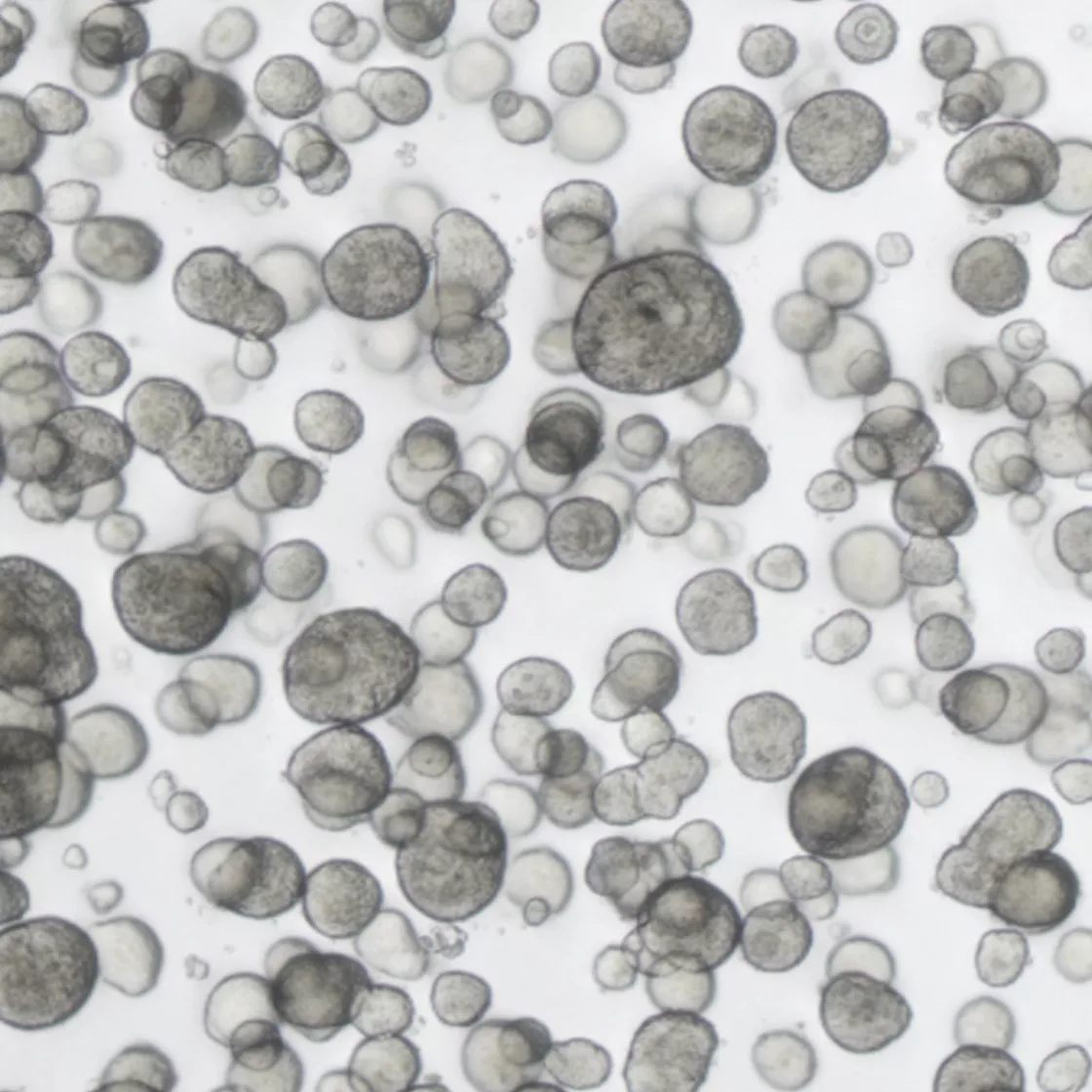
Price | 1784€+ Login to see price |
Organism | Human |
Product Type | Organoid |
Tissue | Lung alveoli, Bronchi |
Disease | Non-Small Cell Lung Cancer |
Applications
Oncology
Small Molecule
Antibody
Cancer Vaccine
mRNA
Immune Cell
TME-CAF
Immuno Oncology
Macrophage
Regulatory T Cell
Tumor-Infiltrating Lymphocyte
Cytotoxic T Cell
Our lung cancer organoids accurately replicate patient tumors by expressing key markers TTF-1, CK7, p40 and CK5/6, underscoring their fidelity for cancer research and personalized treatment development.
This molecular mimicry enables a profound understanding of lung cancer pathology and offers a promising avenue for therapeutic innovations.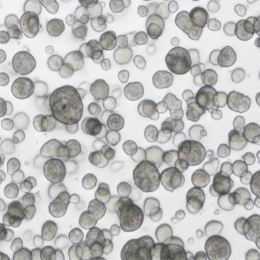
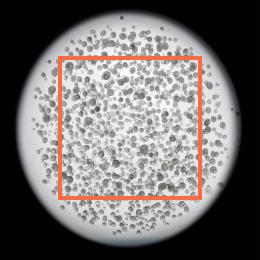
H&E | TTF-1 | CK7 | p40 (ΔNp63) | CK5/6 | ||
|---|---|---|---|---|---|---|
Cancer tissue | Adenocarcinoma | 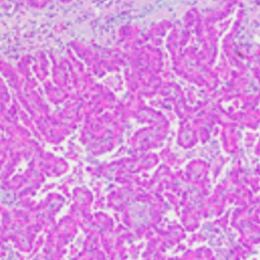 | 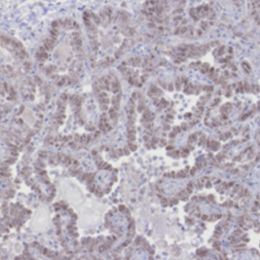 | 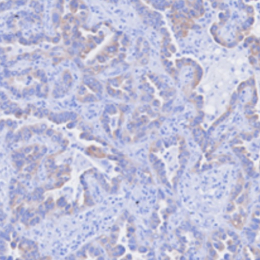 |  |  |
Adenosquamous |  | 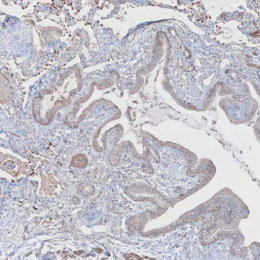 | 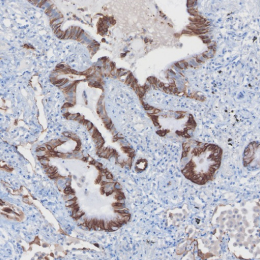 |  | 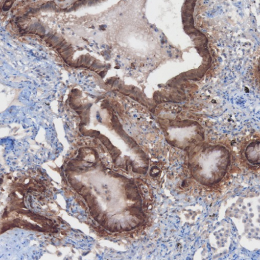 | |
Cancer organoid | Adenocarcinoma | 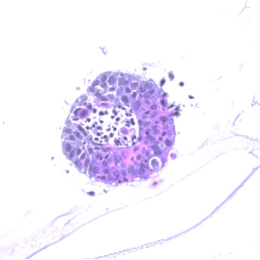 | 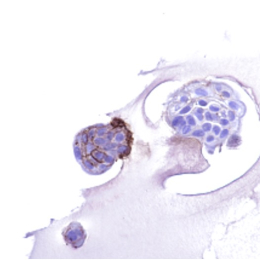 | 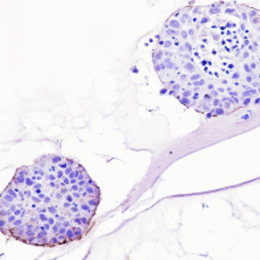 |  | 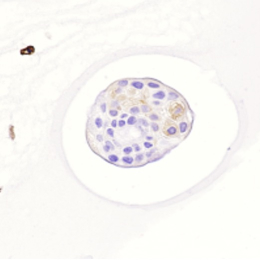 |
Adenosquamous | 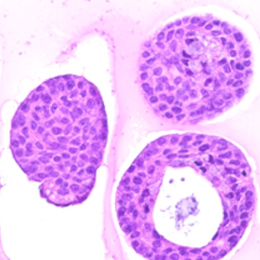 | 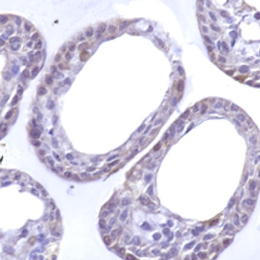 | 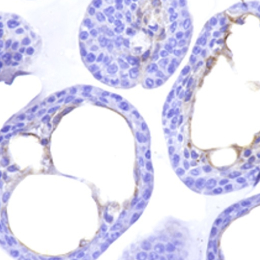 | 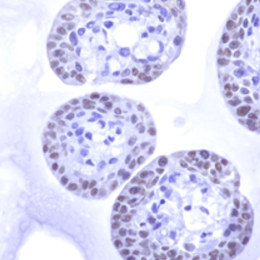 |  |
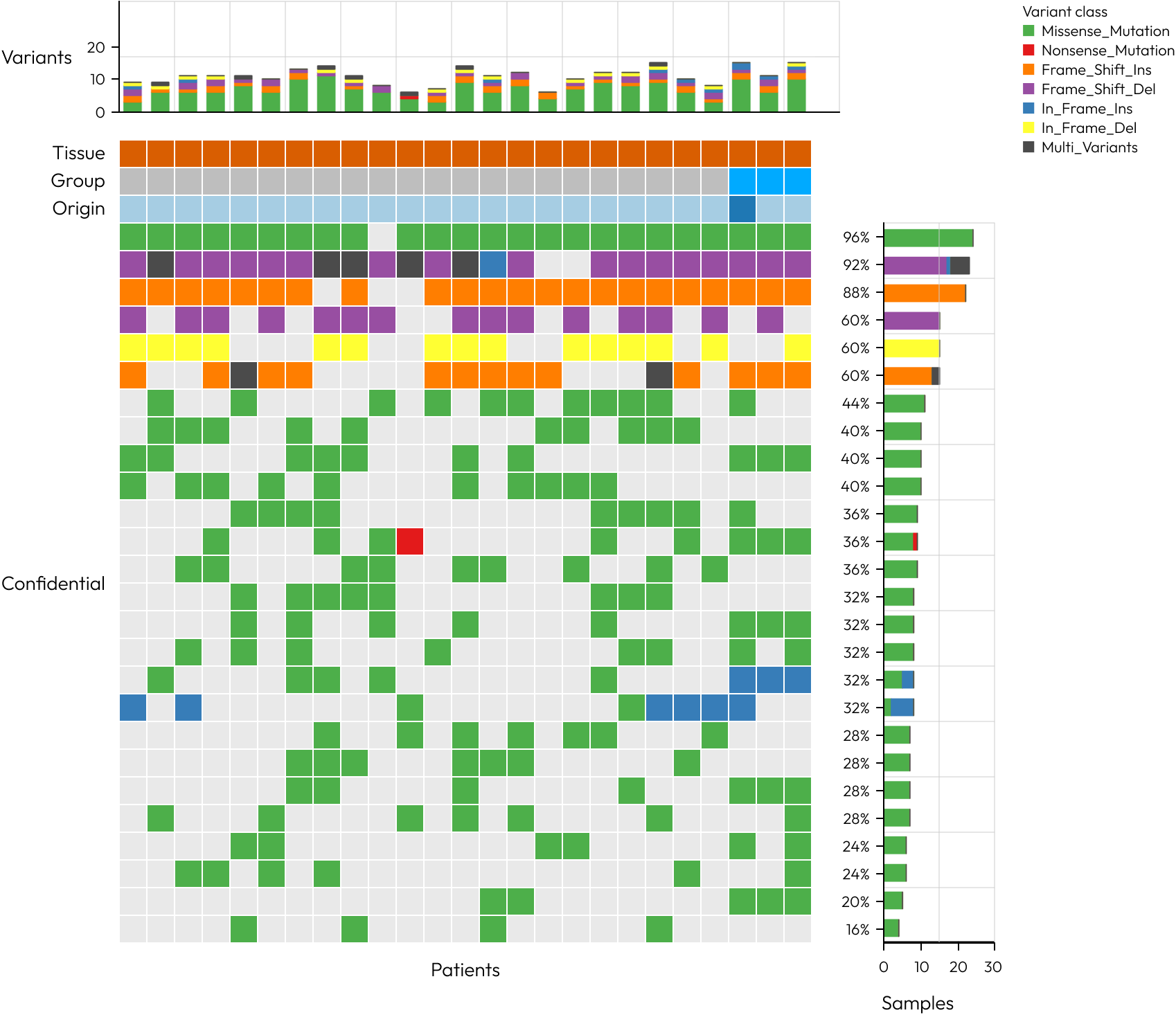
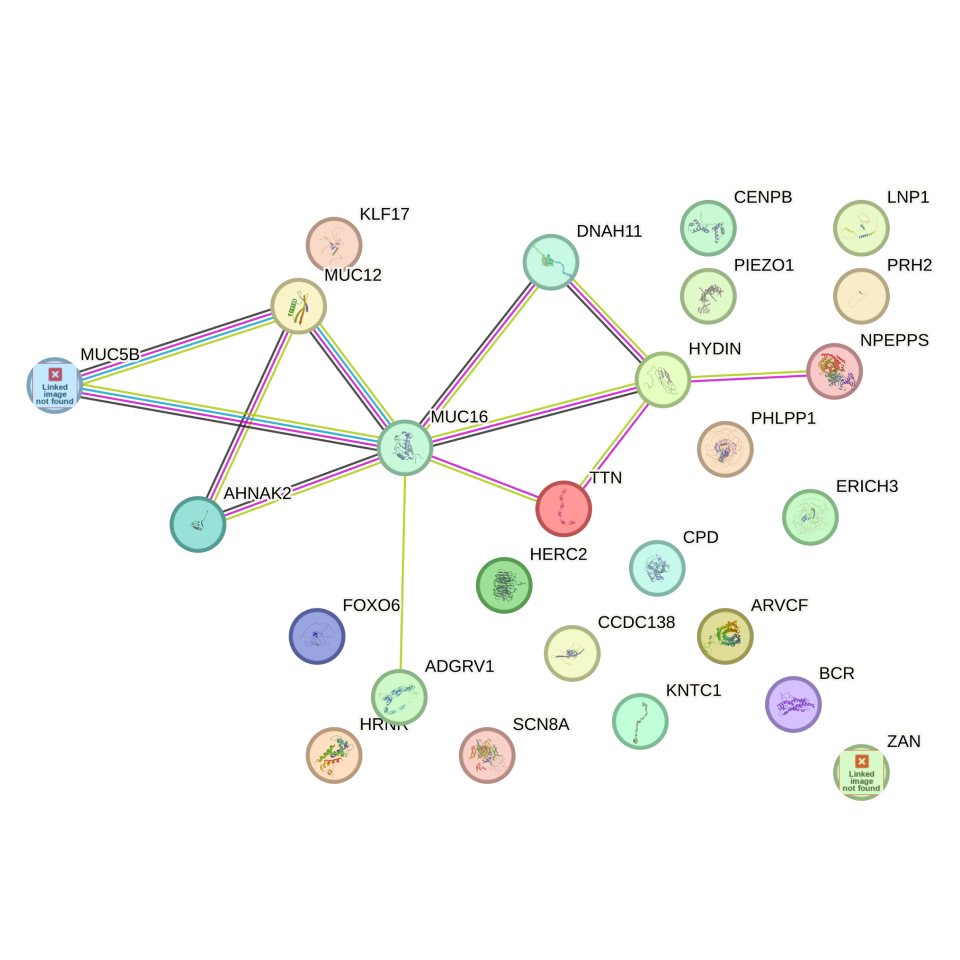
Utilizing a database of protein interactions and mutations, we statistically analyze genetic correlations to identify significant relationships in lung cancer organoids.
Cisplatin | 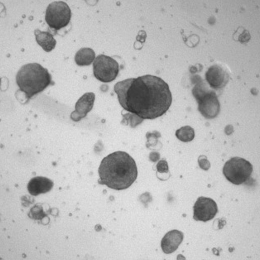 |  | 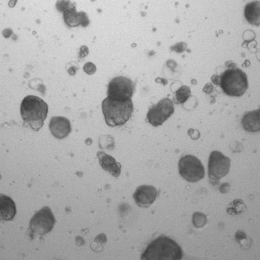 |  | 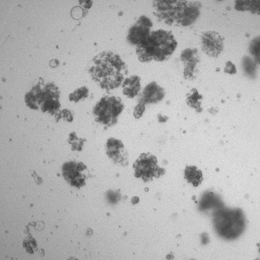 |
Ctr | 1μM | 3μM | 12μM | 50μM | |
Carboplatin |  |  | 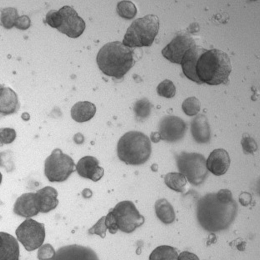 | 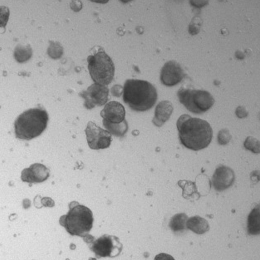 | 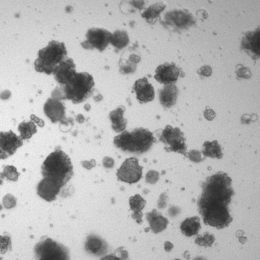 |
Ctr | 1μM | 3μM | 12μM | 50μM | |
Gemcitabine |  | 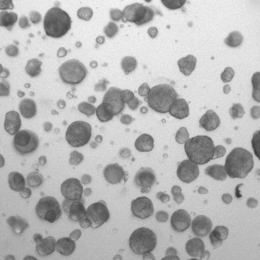 |  | 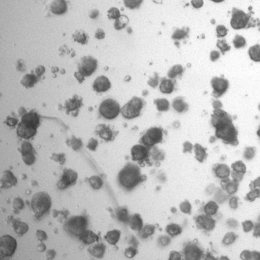 | 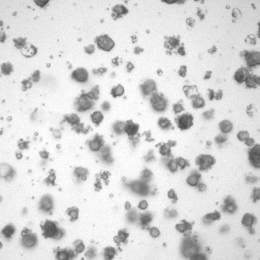 |
Ctr | 0.03μM | 0.125μM | 0.5μM | 2μM | |
Paclitaxel | 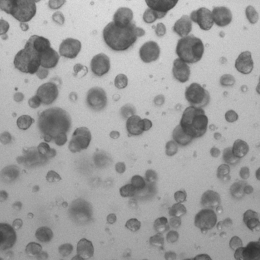 | 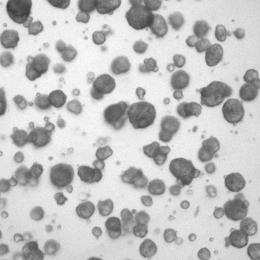 | 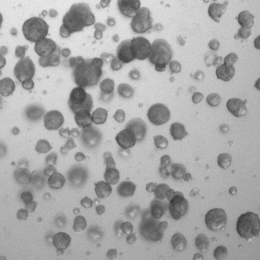 |  | 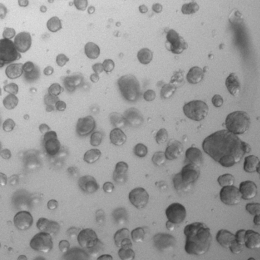 |
Ctr | 0.25μM | 0.5μM | 1μM | 20μM |
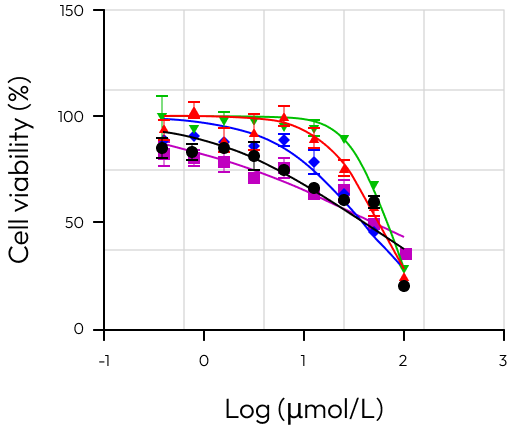
Carboplatin
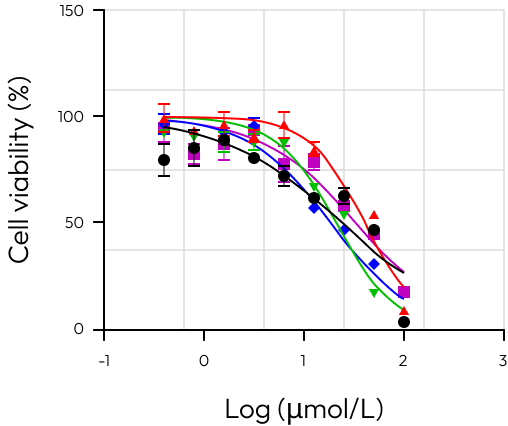
Cisplatin
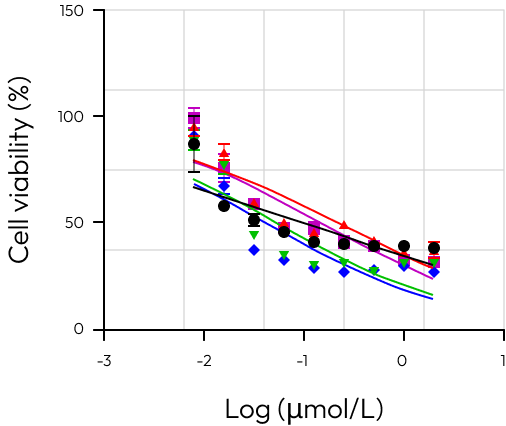
Gemcitabine
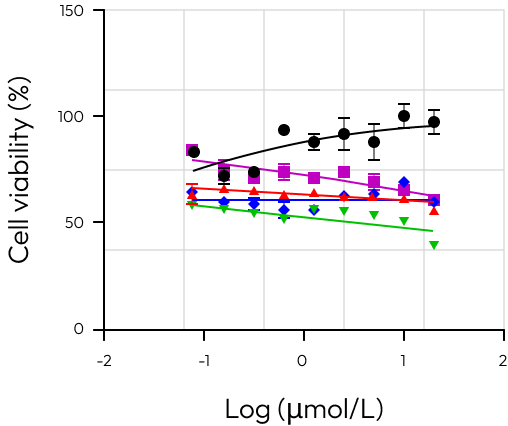
Paclitaxel
